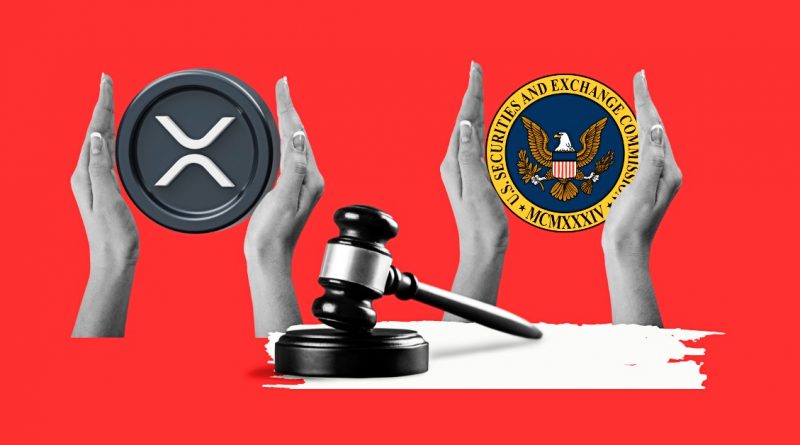Why Did the SEC Pick On Ripple? Top Research Finally Reveals the Reason – Coinpedia Fintech News
A well-known digital asset researcher, Anders, has explained why the SEC mainly chose to take legal action against XRP.
In December 2020, the SEC started a legal case against Ripple; they said Ripple was selling XRP as an investment without following the rules. This move surprised and confused many people in the world of cryptocurrency.
Reason Behind SEC Targetted XRP over Other Top Tokens?
Following this legal action, the cryptocurrency community, particularly XRP enthusiasts, has been speculating about the central purpose of the case. Recently, a thread from Crypto-Law founder Attorney John Deaton raised a series of inquiries regarding the SEC’s decision to pursue XRP.
Deaton questioned, “Why did the SEC Choose XRP?
If the SEC wanted to pick a top 10 Token to go after, why would it choose the much more complex case?
In response to the thread, Anders pointed out some essential things.
One of the main reasons the SEC is targeting XRP is because of how Ripple uses XRP for international payments.
Anders explained that Ripple’s way of using XRP is shaking up the traditional banking system, specifically called “nostro/vostro accounts.” Big banks have made money using these accounts for a long time.
Anders even shared a picture that shows how much money is made from international payments. Just the business-to-business (B2B) payments alone bring in more than $240 billion from transactions worth an incredible $135 trillion.
Ripple’s Game-Changing Role in Cross-Border Transactions
Ripple Labs, the company that made XRP, is focused on making international payments more accessible, and they use XRP to do it. This helps eliminate the middlemen, meaning payments happen faster and cost less.
Many businesses and banks have started using Ripple’s solutions, like On-Demand Liquidity (ODL). For example, Tranglo, a payments company in Malaysia, used ODL to process nearly $1 billion in transactions. Their ODL transactions went up by 1,729%, from $52 million to $970 million.
Ripple’s creative way of using XRP for international payments seems to be why regulators are paying attention.
Source: Read Full Article

